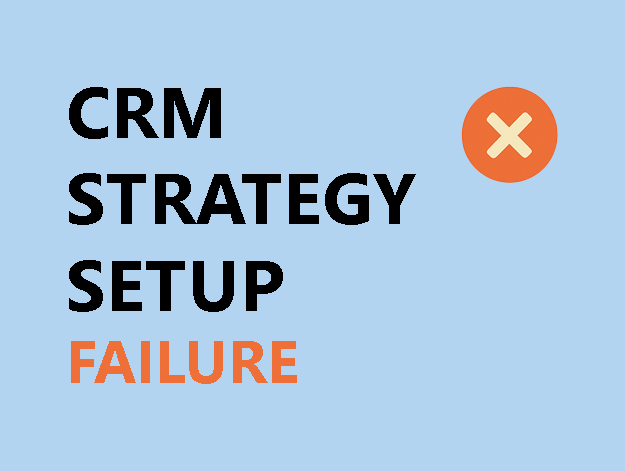For many businesses across New Zealand and Australia, a CRM is a necessary evil. It gets implemented, integrated with a few forms, and then forgotten — relegated to little more than a static contact database.
But when CRMs underperform, it’s rarely the tool that’s the issue. It’s the thinking behind how it’s used. A CRM isn’t a spreadsheet with better UI. It’s the operational core of your customer lifecycle — and if it’s not built around that, it won’t deliver ROI.
Why Most CRM Setups Fail
- No Strategic Blueprint: Many CRM deployments start with features, not outcomes. Businesses implement functionality without aligning it to a defined sales journey, marketing funnel, or customer value model.
- Disconnected Data Streams: Ads generate leads, web forms collect data, but without central logic in the CRM, valuable signals are lost. Leads go stale. Sales follow-up becomes ad hoc.
- Complexity Overload: Trying to use every feature from day one bloats the system. Teams get overwhelmed, and the CRM becomes more about maintenance than momentum.
What High-Performance Teams Do Instead
Strategic businesses don’t treat CRM as a database — they treat it as a decision-making layer.
They start with sales architecture: clearly defined pipeline stages, mapped buyer journeys, and conversion milestones. Every piece of marketing data, ad campaign, and automation layer feeds into this structure.
Smart CRMs track intent, not just activity. For example, lead scoring isn’t about email opens. It’s about qualified signals like return visits to pricing pages, demo requests, or high-intent form fills.
Real Example from Wellington: A growing B2B SaaS company came to us with an existing CRM setup — but it was underutilised. We restructured their deal stages, aligned lifecycle emails to behavioural triggers, and connected paid media leads directly to sales-qualified workflows.
The result? Pipeline velocity increased by 47% in 90 days, and close rates improved by 22%. That wasn’t due to more traffic. It was the outcome of aligning their CRM strategy with their revenue model.
(Source: Internal Metrics Media client data, Q1 2025)
Google’s Direction of Travel
Google’s March 2025 update continues to prioritise meaningful user engagement across platforms. For marketers running paid search or Performance Max, a well-integrated CRM is critical.
Why? Because signals like lead conversions, deal progression, and customer retention are part of the broader feedback loop Google uses to optimise campaign performance — especially when synced via offline conversions or enhanced customer match lists.
(Source: Google Ads Help Centre, March 2025 Core Update Overview)
Metrics Media POV
A CRM should be the most powerful tool in your revenue stack. But it only works if it’s designed for how your business actually sells.
At Metrics Media, we architect CRM systems that don’t just organise — they optimise. We align every field, stage, and flow to your business goals. Because a tool without strategy is just tech debt in disguise.
Email us at info@metricsmedia.co.nz to turn your CRM into a commercial asset.



